The perfume packaging market exhibits a dynamic competitive landscape characterized by innovation, sustainability, and strategic partnerships. Key players such as Estée Lauder Companies (US), Coty Inc. (US), and Chanel S.A. (FR) are actively shaping the market through their distinct operational focuses. Estée Lauder Companies (US) emphasizes sustainability in its packaging solutions, aiming to reduce plastic usage by 50% by 2026, which aligns with growing consumer demand for eco-friendly products. Coty Inc. (US) has been investing in digital transformation, enhancing its e-commerce capabilities to reach a broader audience, while Chanel S.A. (FR) continues to leverage its luxury branding to maintain a competitive edge, focusing on exclusive packaging designs that resonate with high-end consumers. Collectively, these strategies contribute to a competitive environment that prioritizes innovation and consumer engagement.
The market structure appears moderately fragmented, with a mix of established brands and emerging players. Key business tactics such as localizing manufacturing and optimizing supply chains are prevalent among major companies. For instance, many firms are increasingly localizing their production to reduce lead times and enhance responsiveness to market demands. This approach not only streamlines operations but also allows companies to adapt more swiftly to changing consumer preferences, thereby reinforcing their competitive positions.
In October 2025, Coty Inc. (US) announced a partnership with a leading technology firm to develop AI-driven packaging solutions that enhance user experience and personalization. This strategic move is likely to position Coty at the forefront of innovation in the packaging sector, enabling the company to offer tailored solutions that meet the evolving needs of consumers. The integration of AI into packaging design could potentially revolutionize how brands interact with their customers, fostering deeper connections and loyalty.
In September 2025, Estée Lauder Companies (US) launched a new line of refillable perfume bottles, reflecting its commitment to sustainability and consumer preferences for eco-conscious products. This initiative not only reduces waste but also aligns with the growing trend of circular economy practices within the beauty industry. By prioritizing refillable options, Estée Lauder is likely to attract environmentally conscious consumers, thereby enhancing its market share.
In August 2025, Chanel S.A. (FR) unveiled a limited-edition fragrance with bespoke packaging designed by a renowned artist, reinforcing its luxury positioning. This strategic action underscores the importance of exclusivity in the high-end market, where unique packaging can significantly enhance brand perception and desirability. By collaborating with artists, Chanel not only differentiates its products but also creates a narrative that resonates with its affluent customer base.
As of November 2025, current trends in the perfume packaging market are increasingly defined by digitalization, sustainability, and the integration of advanced technologies. Strategic alliances among companies are shaping the landscape, fostering innovation and enhancing competitive differentiation. The shift from price-based competition to a focus on innovation, technology, and supply chain reliability is evident. Moving forward, companies that prioritize these elements are likely to thrive, as consumers increasingly seek unique, sustainable, and technologically advanced packaging solutions.


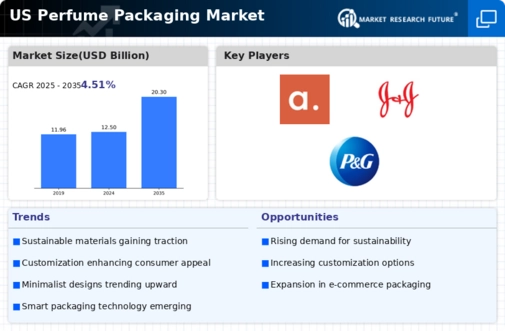
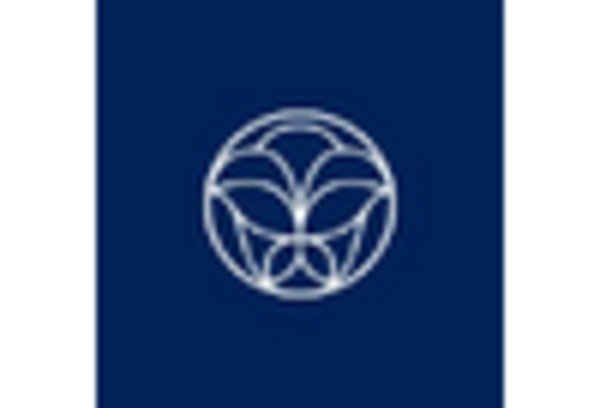
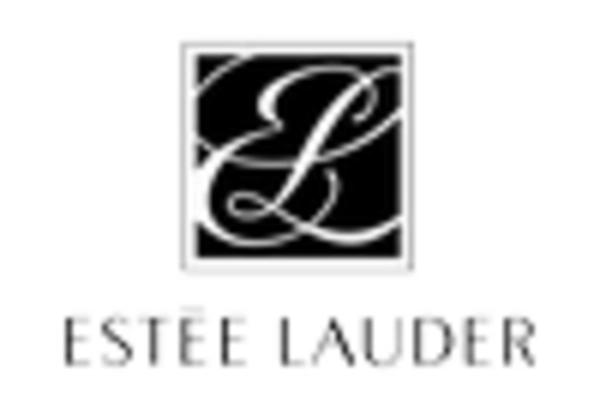
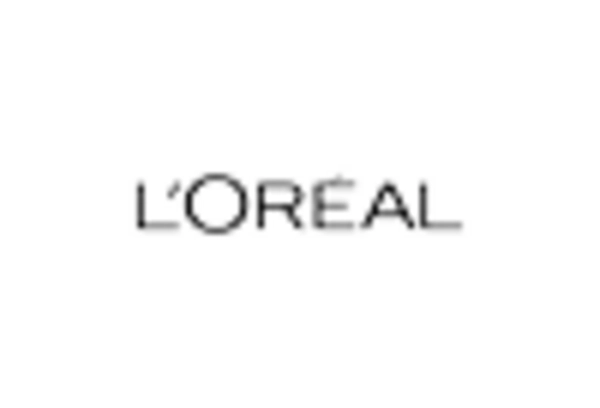

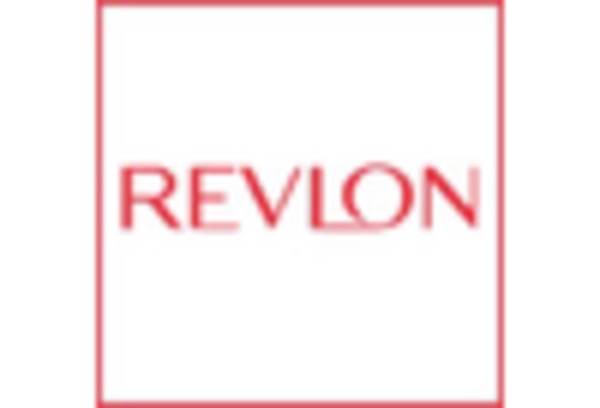
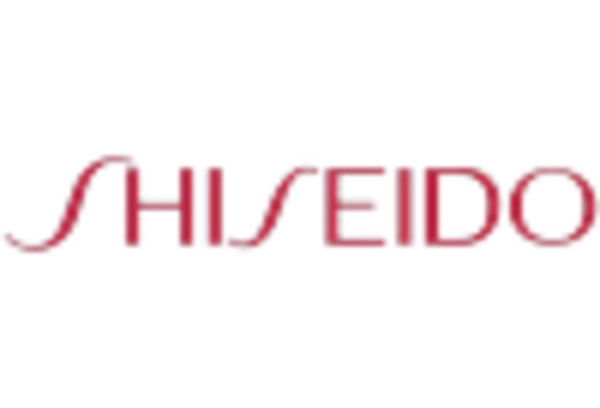








Leave a Comment